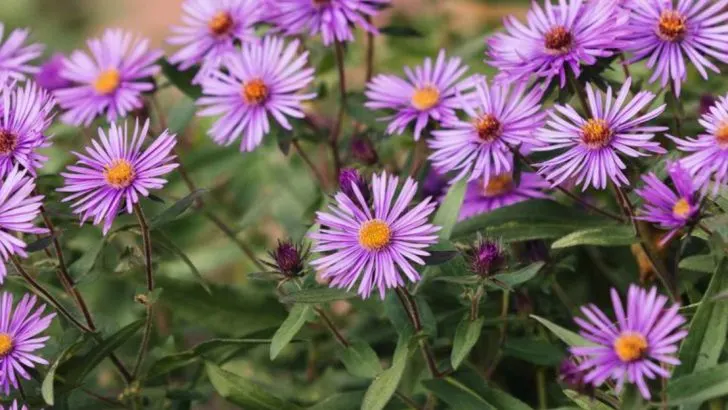Midwestern landscapes are rich with hardy, resilient beauty—and nothing captures that spirit better than native wildflowers. These plants have evolved to thrive in the region’s diverse climates, from prairie winds to spring floods and hot, dry summers, making them perfect for low-maintenance gardens and restoration projects alike.
From the vibrant purple coneflower and black-eyed Susan to delicate prairie smoke and bold wild bergamot, these wildflowers support pollinators, enrich soil health, and add seasonal color and movement to any outdoor space. Many also attract butterflies, bees, and birds, creating a balanced, biodiverse ecosystem right in your backyard.
Explore these 17 Midwest-native wildflowers that combine natural beauty with environmental benefits—and discover how easy it is to grow a garden that’s both authentically local and stunningly alive.
Purple Coneflower
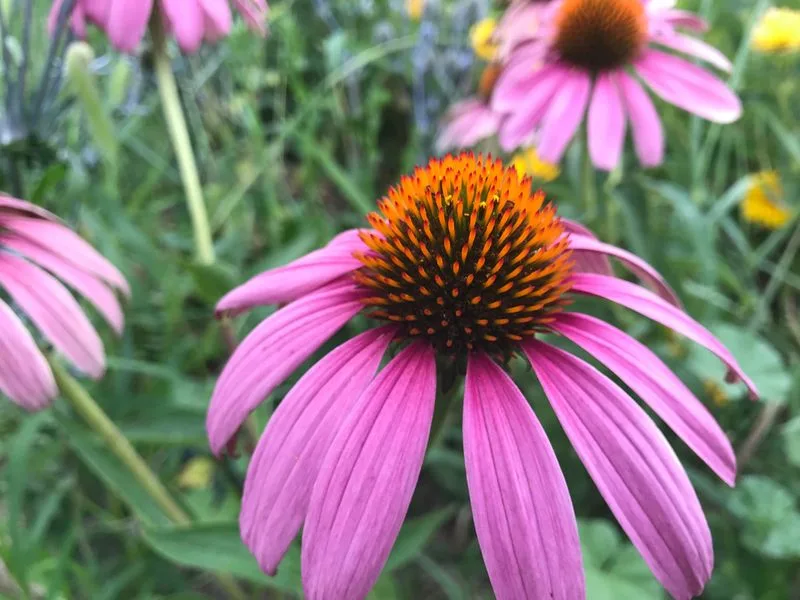
The purple coneflower, with its striking petals and orange center, is a favorite among pollinators. This hardy plant tolerates drought and attracts butterflies, making it a gardener’s delight. Native to the prairies, it embodies resilience and beauty.
Black-Eyed Susan

Sunshine in a flower, black-eyed Susans add cheer to any garden. Their bright yellow petals and dark centers are a classic sight during the summer months. These flowers thrive in various soil conditions, showcasing nature’s adaptability.
Wild Bergamot
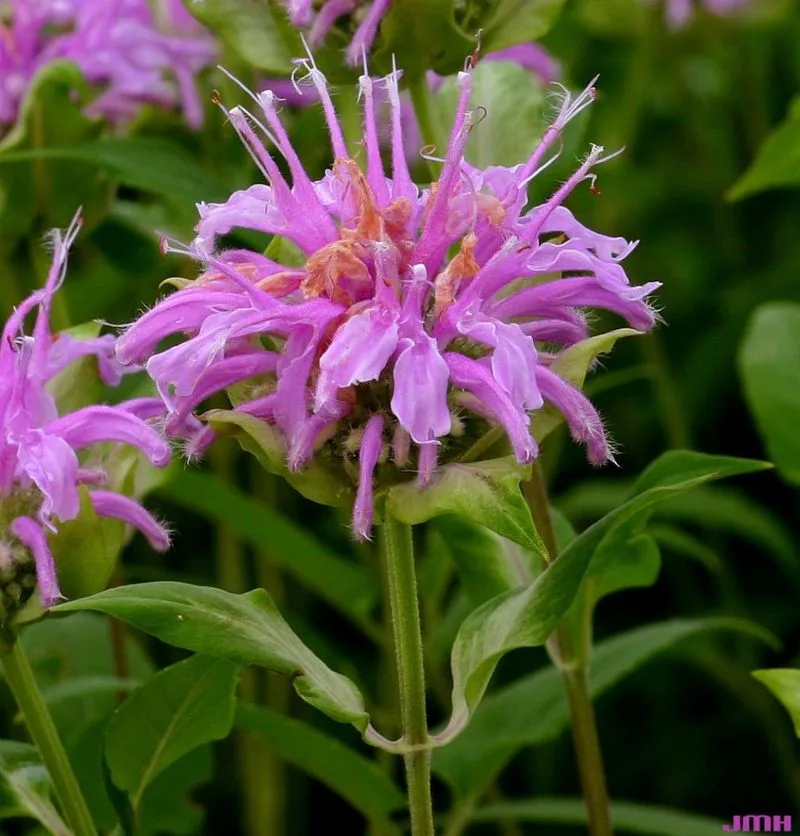
Wild bergamot, also known as bee balm, offers aromatic blooms that attract hummingbirds and bees. The lavender flowers add a touch of elegance to wildflower gardens and are known for their distinctive, pleasing fragrance.
Columbine
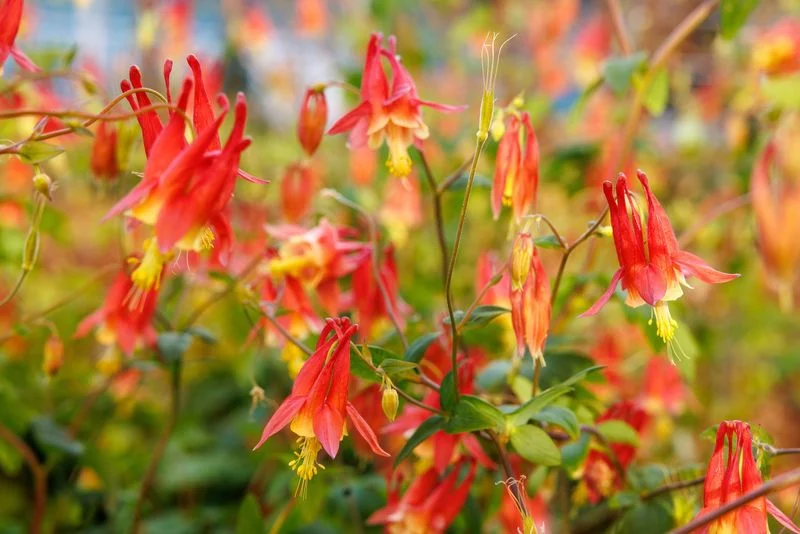
Elegant and unique, columbine flowers display a mix of colors, often red and yellow. Their delicate, bell-shaped blooms are a favorite among gardeners seeking to add a whimsical touch to their outdoor spaces.
Butterfly Weed
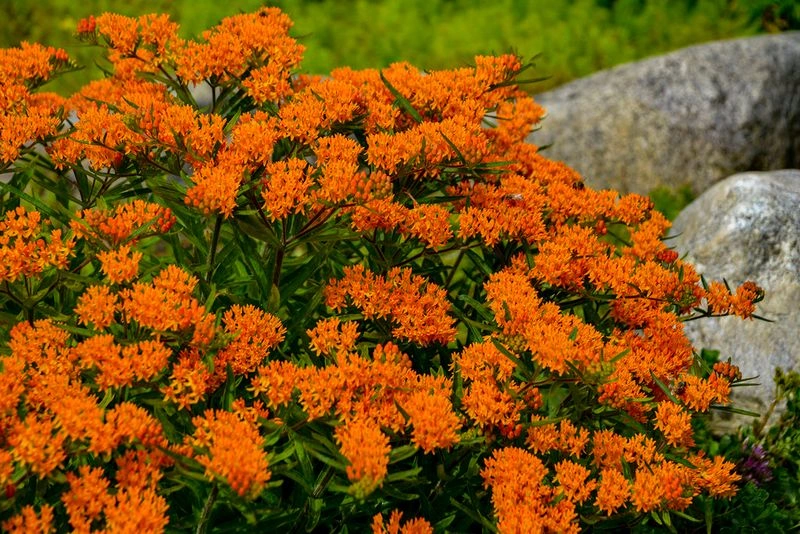
Butterfly weed is a magnet for monarch butterflies, thanks to its vibrant orange flowers. This drought-tolerant plant is a vital source of nectar and is often used in butterfly gardens to support these beautiful insects.
Prairie Blazing Star
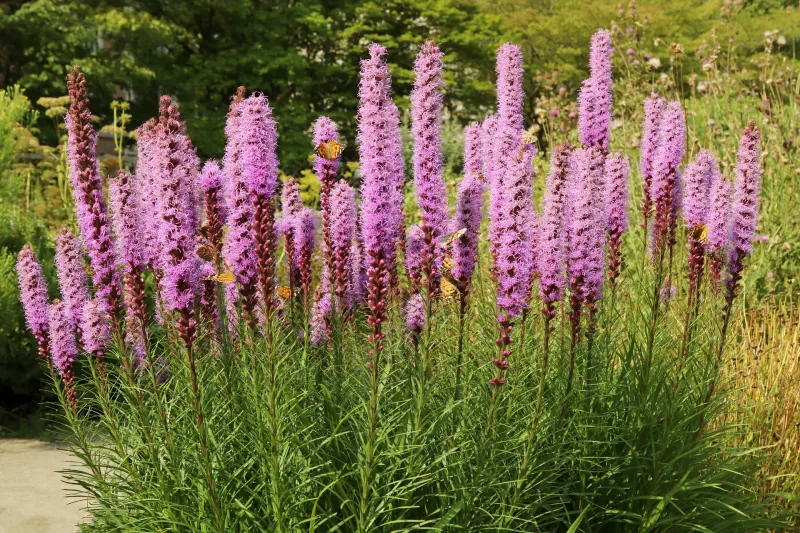
Prairie blazing star captivates with its tall spikes of purple flowers. Loved by bees and butterflies, it adds vertical interest to landscapes. This native beauty thrives in sunny areas and is perfect for naturalizing gardens.
Joe Pye Weed
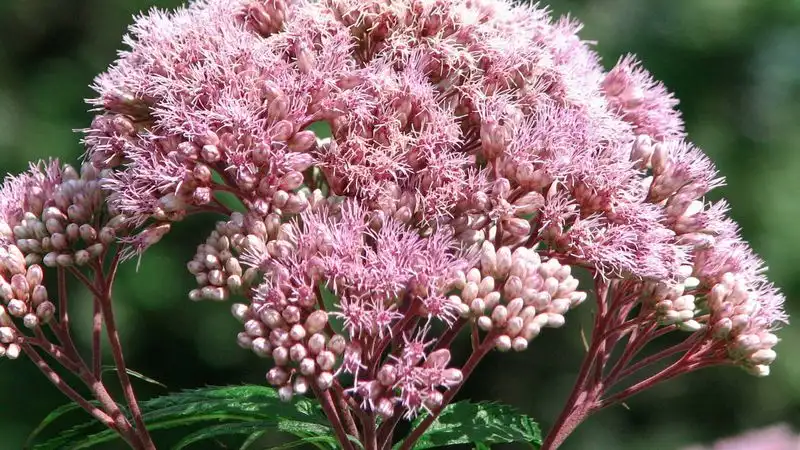
Joe pye weed’s tall, pinkish-purple clusters are a striking addition to any garden. This plant flourishes in moist soils and supports a diverse range of pollinators, including bees and butterflies, with its nectar-rich flowers.
Wild Indigo
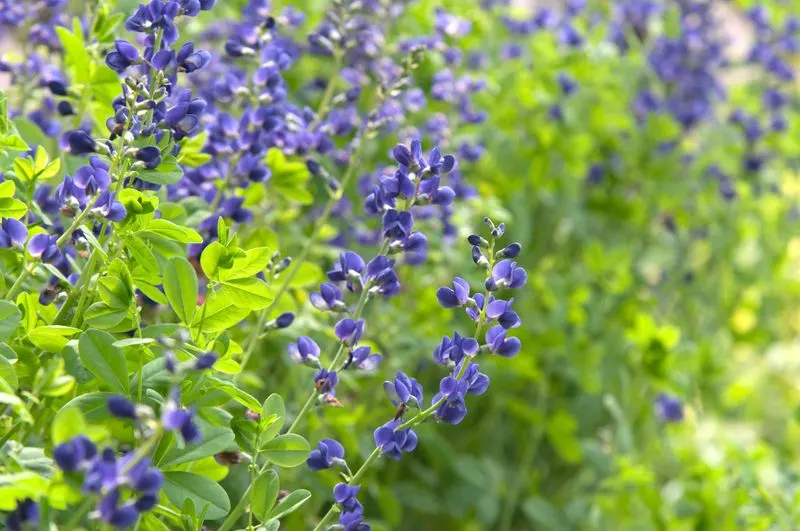
Wild indigo presents deep blue blossoms that bring a touch of sophistication to wildflower gardens. Known for its hardy nature, it withstands poor soil conditions and offers a burst of color during the spring months.
New England Aster
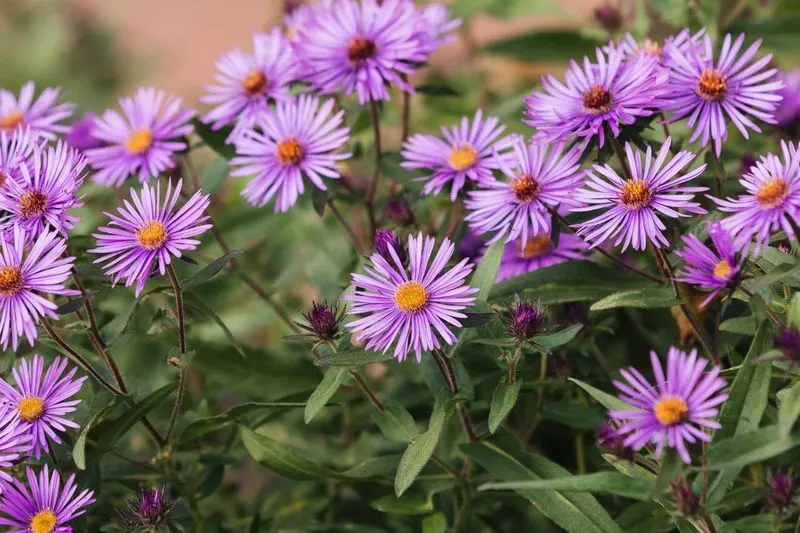
New England asters bring a burst of color with their vibrant purple petals and yellow centers. These late-bloomers are essential for fall gardens, providing nectar for pollinators during the cooler months.
Wild Geranium
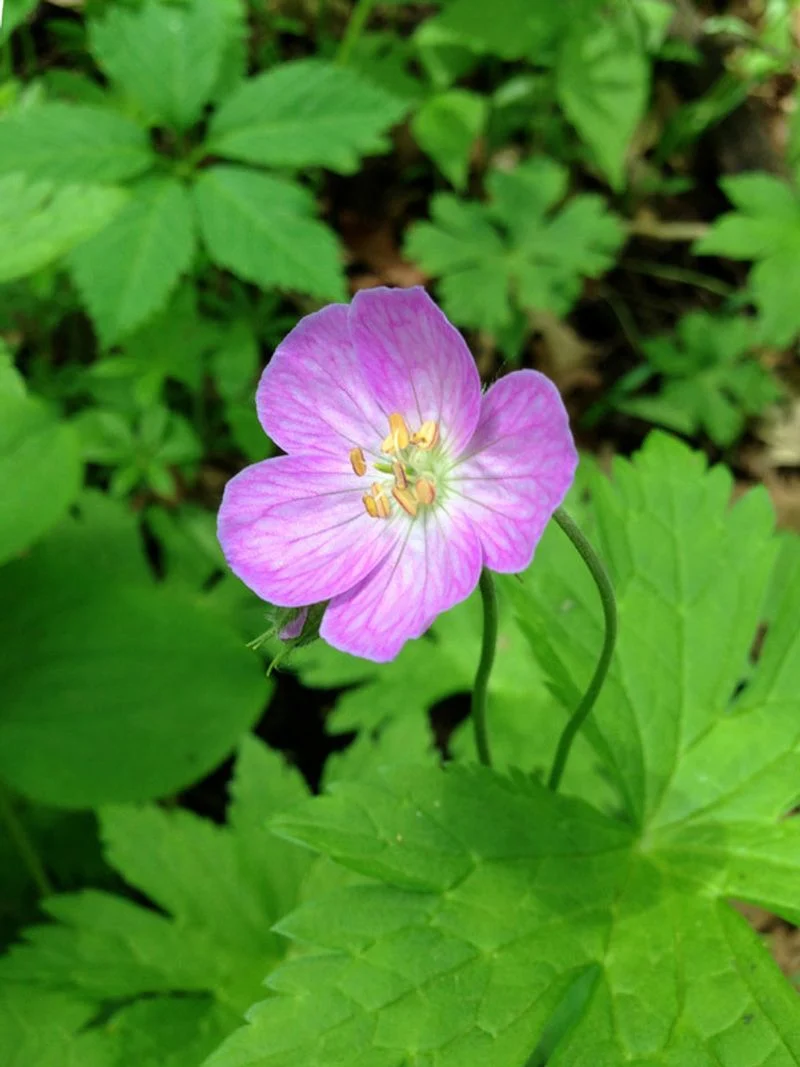
Wild geraniums charm with their delicate pink flowers and lush foliage. Preferring wooded areas, they provide early-season color and are a favorite among woodland creatures and humans alike.
Spiderwort
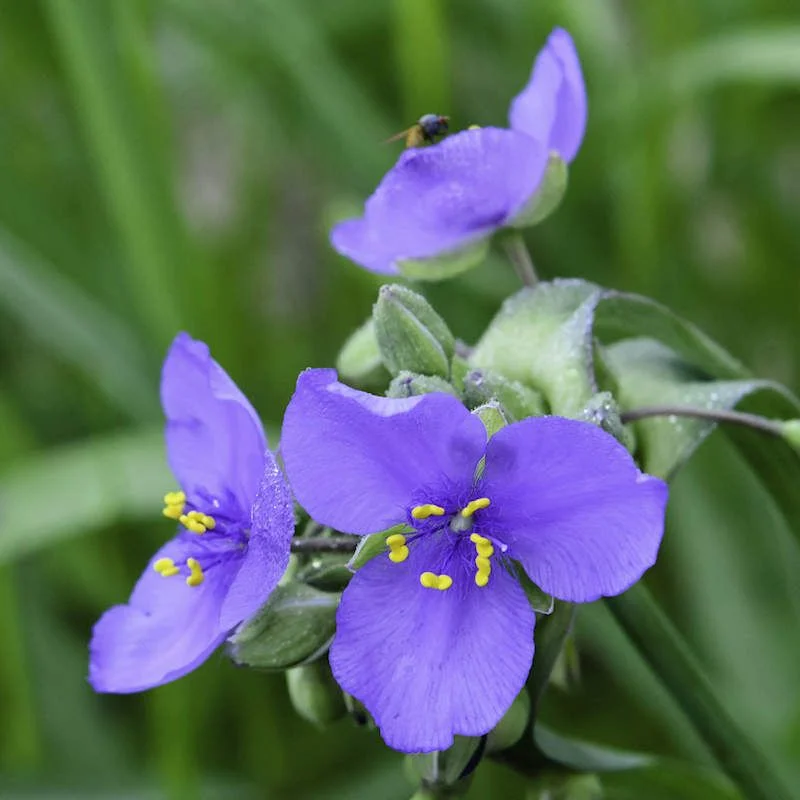
Spiderwort’s striking blue flowers open in the morning sun, adding a splash of color to gardens. These blooms close by afternoon, making mornings a special time to enjoy their beauty and attract various pollinators.
Wild Petunia
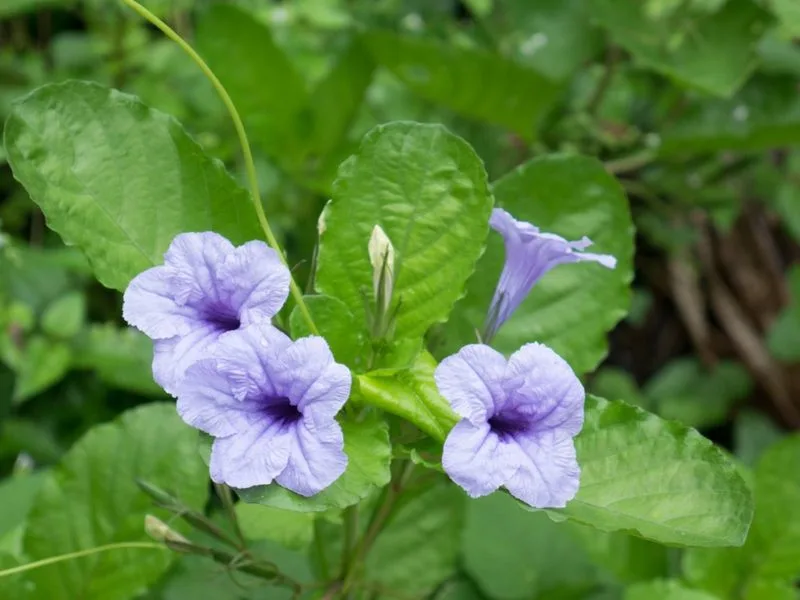
Wild petunias exhibit soft purple blooms that thrive in prairies and meadows. Known for their spreading habit, they create carpets of color that are both eye-catching and beneficial to local pollinators.
Goldenrod

Often mistaken for causing allergies, goldenrod is actually a beneficial plant for pollinators. Its brilliant yellow flowers brighten fields and gardens, providing late-season nectar to bees and butterflies.
Blue Vervain

Blue vervain, with its tall spikes of blue flowers, is a magnet for pollinators. Often found in wetter areas, this wildflower is appreciated for its graceful appearance and ecological benefits.
Cardinal Flower
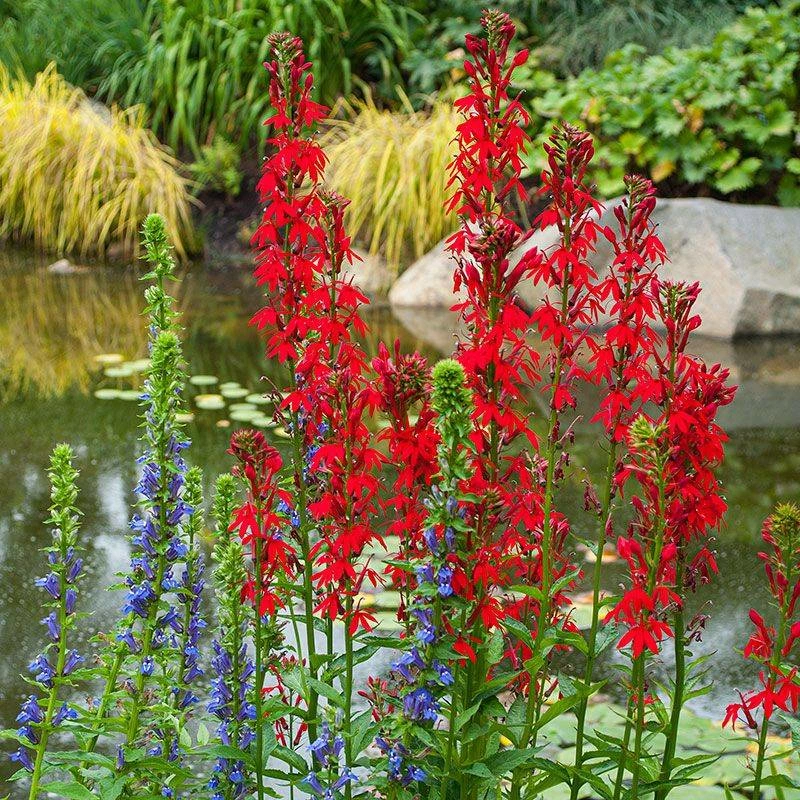
The cardinal flower’s vivid red blooms stand out in any setting, often gracing stream banks and wetlands. These striking flowers attract hummingbirds, adding dynamic movement to the garden canvas.
Virginia Bluebells
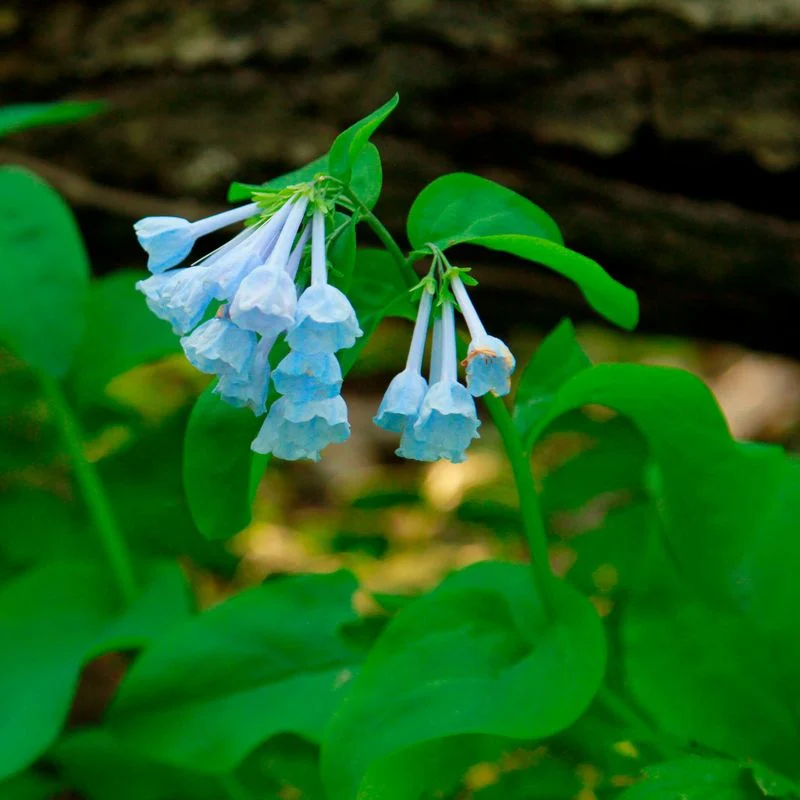
Virginia bluebells bring a touch of enchantment with their delicate blue flowers. Blooming in early spring, they transform forest floors into a sea of color, drawing many a photographer’s lens.
Shooting Star
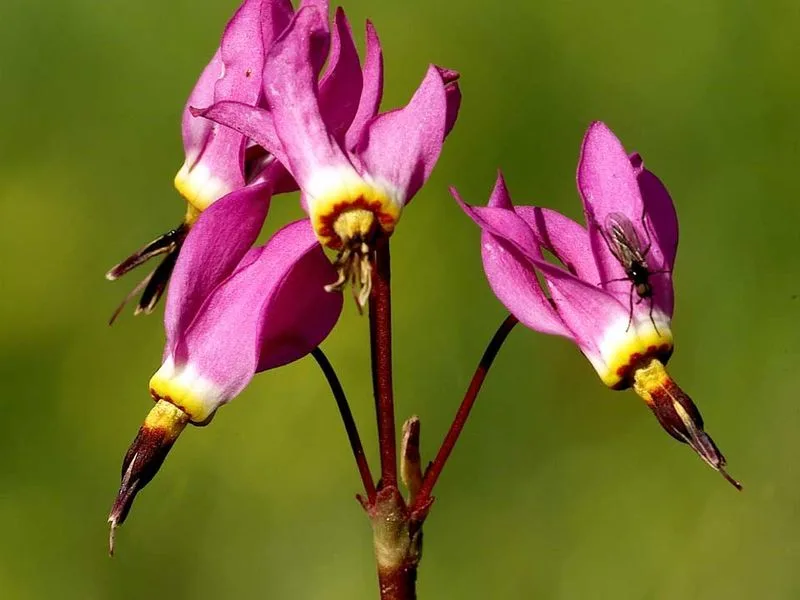
Shooting stars dazzle with their unique shape and colors, resembling falling stars. Found in prairies and open woodlands, these flowers herald the arrival of spring and captivate with their whimsical appearance.

